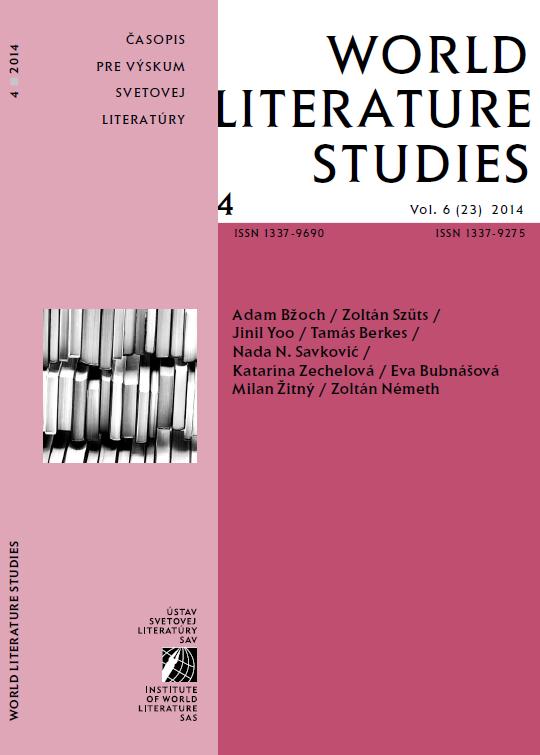Groteska ako literárny smer v literatúrach strednej a východnej Európy šesťdesiatych rokov
Grotesque as a Literary Trend in the Literatures of Central and Eastern Europe of the 1960s
Author(s): Tamás BerkesSubject(s): Literary Texts
Published by: SAV - Slovenská akadémia vied - Ústav svetovej literatúry
Keywords: Central and Eastern-Europe. Grotesque. Theatre of the Absurd. Comparative Literature Studies. Literary Trend. Polish Literature. Czech Literature. Hungarian Literature.
Summary/Abstract: The essay aims to examine the works of art of Central and Eastern-European literatures that can be connected by the notion of grotesque. On the basis of their common semantic and morphologic characteristics these pieces of art are interpreted as a distinct literary trend. According to the author, the special role of literary grotesque results from the staggering psychological conditions that have been expressed by the structural unity of the tragic and comic elements with standing value. On the basis of the different semantic formations (points of junction), the author distinguishes seven types of grotesque that partly or completely cover the writings of the Polish Tadeusz Różewicz, Sławomir Mrożek, the Czech Václav Havel, Milan Kundera, Josef Škvorecký, Bohumil Hrabal, Vladimir Páral and the Hungarian István Örkény.
Journal: World Literature Studies
- Issue Year: VI/2014
- Issue No: 4
- Page Range: 32-45
- Page Count: 14
- Language: Slovak

